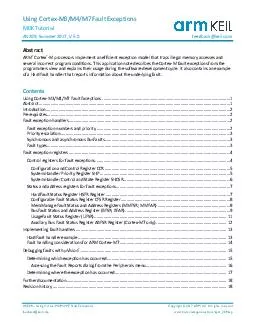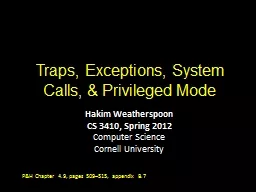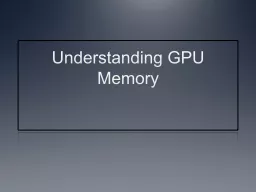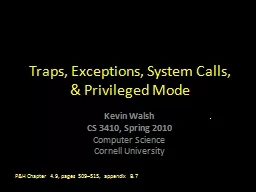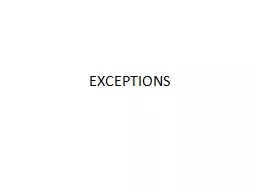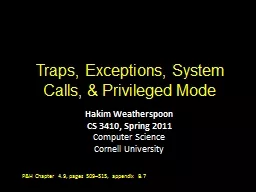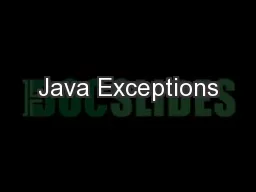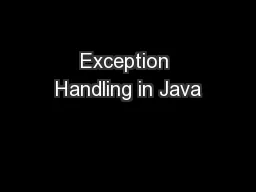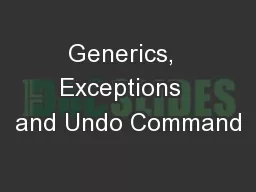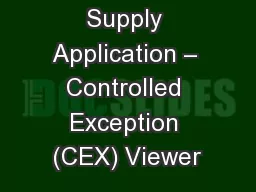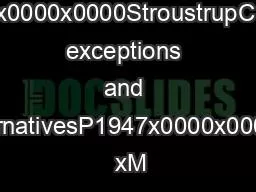PDF-Application Note sing Cortex and Cortex M Fault Exceptions Abstract The Cortex processor
Author : ellena-manuel | Published Date : 2014-12-28
This application note describes the Cortex fault exceptions from the programmers view and explains their usage during the software development cycle Contents Ap
Presentation Embed Code
Download Presentation
Download Presentation The PPT/PDF document "Application Note sing Cortex and Corte..." is the property of its rightful owner. Permission is granted to download and print the materials on this website for personal, non-commercial use only, and to display it on your personal computer provided you do not modify the materials and that you retain all copyright notices contained in the materials. By downloading content from our website, you accept the terms of this agreement.
Application Note sing Cortex and Cortex M Fault Exceptions Abstract The Cortex processor: Transcript
Download Rules Of Document
"Application Note sing Cortex and Cortex M Fault Exceptions Abstract The Cortex processor"The content belongs to its owner. You may download and print it for personal use, without modification, and keep all copyright notices. By downloading, you agree to these terms.
Related Documents

